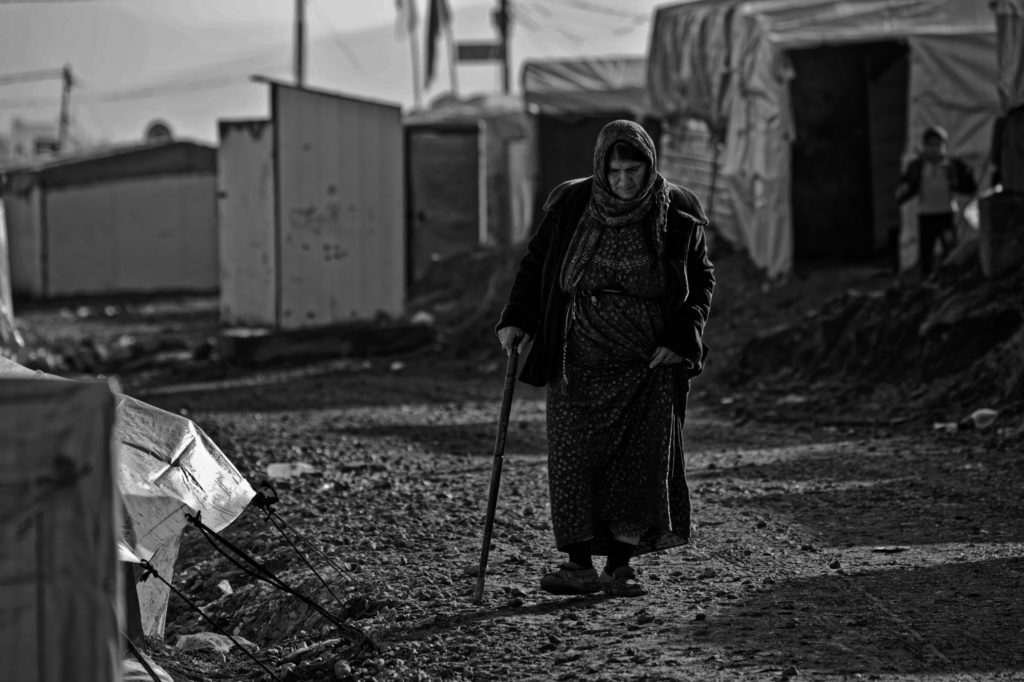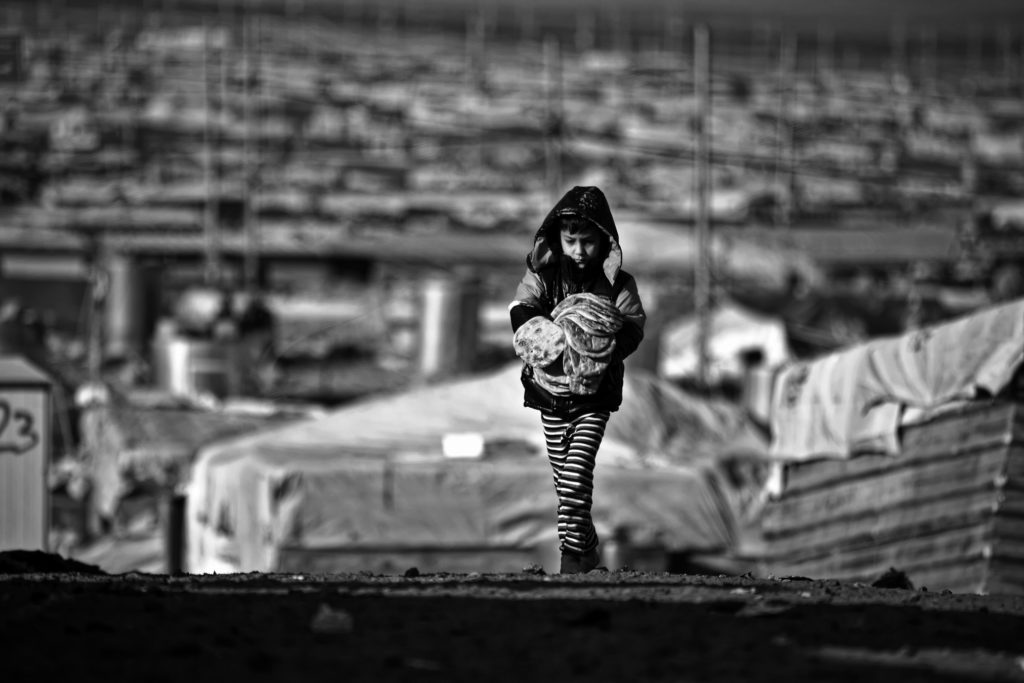Photographs by Iason Athanasiadis
An aged Syrian woman walks through the Zaatari refugee camp in Jordan, while a young boy carries bread to his family’s trailer home. Another young boy with his father, from a community of internally displaced Pashtuns from southern Afghanistan, looks through a car windscreen refashioned as a mud hut dwelling in a camp close to the Afghan city of Herat. There is so much written on these displaced lives. The acute longing for home is starkly evident.

But what is ‘home’? Is it something more than just an address, just the building where we reside, just the valley that is ‘ours’, just the country where we were born and live? We speak of ‘home is where the heart is’, of making ‘a house a home’. What precisely do we mean? In exploring the associations of such commonplace expressions, we begin to wrestle with what is displaced by dislocation and what is invested in making relocation a new home. We live in a world where displacement and relocation are on the increase. Refugees and asylum seekers running from war and persecution – from Syria and Afghanistan, Myanmar and Ethiopia, and now Ukraine. Environmental refugees escaping extreme weather events. Young Africans and Asians forced to leave their homes in search of employment in a hostile Europe, risking their life and limbs in hazardous journeys. Are we all becoming homeless persons or is the drive to make our living space home too strong? And what are the implications for society when fewer and fewer people are rooted to the soil of their origins? If we live in a country dominated by displaced homes what becomes of the sense of community and cohesion and how are we to bind people together in shared concerns? In short, how do we ‘live together’, we who come from so many diverse continents and nations, who occupy this space called Earth?

Ask the Palestinian refugees in camps, the asylum seekers crossing the English Channel in dangerously precarious boats, the Rohingyas in insanitary camps in Bangladesh, the persecuted Uyghurs in Turkey, and the Ukrainians in Poland and Hungary. Or the Afghan migrant at Pedion tou Areos (Champ-de-Mars), sleeping on mother earth, after arriving overnight in Athens from the island of the eastern Aegean Sea.
The rest of this article is only available to subscribers.
Access our entire archive of 350+ articles from the world's leading writers on Islam.
Only £3.30/month, cancel anytime.
Already subscribed? Log in here.
Not convinced? Read this: why should I subscribe to Critical Muslim?